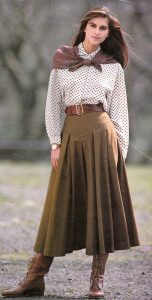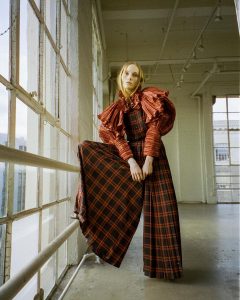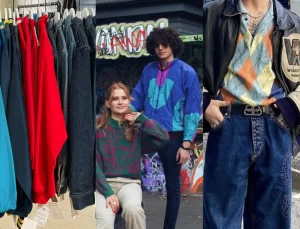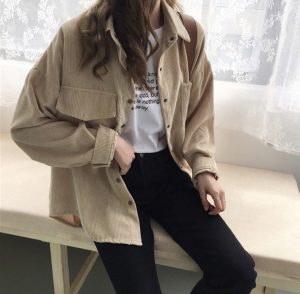“The History of Vintage Clothing: Understanding Fashion Evolution Through Time”
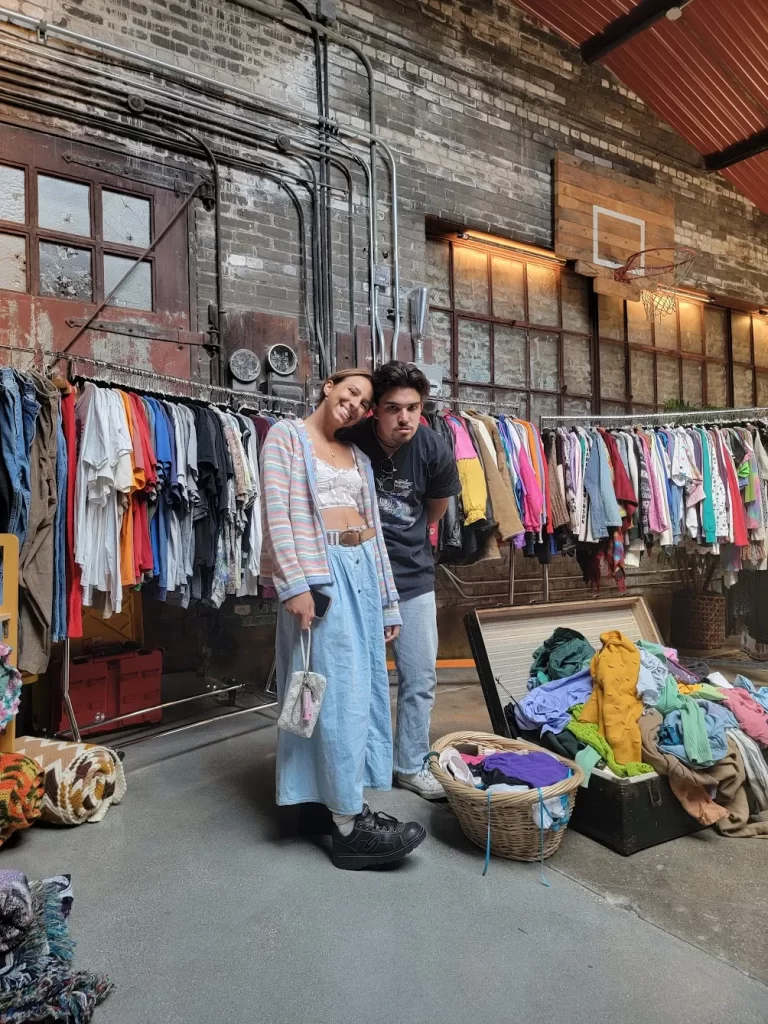
Title: The History of Vintage Clothing: Understanding Fashion Evolution Through Time
Introduction:
Vintage clothing offers a glimpse into the past, serving as a tangible link to bygone eras and cultural movements. From the flapper dresses of the Roaring Twenties to the psychedelic prints of the 1960s and the power suits of the 1980s, each decade has its own distinct style that reflects the social, political, and economic influences of the time. Exploring the history of vintage clothing provides valuable insights into the evolution of fashion and its impact on society, identity, and self-expression.
1. The Early 20th Century:
The early 20th century marked a period of significant change and innovation in fashion, with the emergence of new silhouettes, fabrics, and styles. The Roaring Twenties, characterized by jazz music, Art Deco design, and social liberation, saw the rise of flapper dresses, drop-waist silhouettes, and embellished accessories that reflected the newfound freedoms and hedonism of the era. Meanwhile, the Great Depression of the 1930s brought about a return to more conservative and practical styles, with tailored suits and modest hemlines dominating fashion.
2. The Mid-20th Century:
The mid-20th century witnessed a series of cultural shifts and fashion revolutions that transformed the sartorial landscape. The post-war era of the 1950s saw a return to traditional femininity and elegance, with full skirts, cinched waists, and hourglass silhouettes epitomizing the ideal of the perfect housewife. The swinging sixties of the 1960s ushered in a new era of youth culture, rebellion, and experimentation, with mod miniskirts, psychedelic prints, and bold colors challenging traditional notions of style and beauty.
3. The Late 20th Century:
The late 20th century was characterized by rapid social change, technological advancements, and globalization, which had a profound impact on fashion and consumer culture. The 1970s saw the rise of disco glamour, bohemian chic, and gender-fluid styles that reflected the spirit of liberation and individualism of the era. The 1980s, on the other hand, embraced excess, power dressing, and conspicuous consumption, with bold colors, shoulder pads, and designer logos dominating the fashion landscape.
4. The Revival of Vintage:
In recent years, there has been a resurgence of interest in vintage clothing, driven by a desire for nostalgia, sustainability, and individuality. Vintage clothing offers a unique opportunity to reconnect with the past, revive forgotten styles, and express personal style in a way that is both timeless and eco-friendly. From thrift stores and flea markets to online vintage boutiques, vintage clothing has become increasingly accessible and sought-after by fashion enthusiasts and collectors alike.
5. The Future of Vintage:
As we look to the future, vintage clothing continues to inspire and influence contemporary fashion, serving as a source of inspiration for designers, stylists, and consumers. By understanding the history of vintage clothing and its evolution over time, we gain a deeper appreciation for the cultural significance of fashion and its role in shaping our identities and experiences. Whether it’s embracing the glamour of the past or reimagining vintage styles for the modern era, vintage clothing offers endless possibilities for self-expression, creativity, and storytelling.
Conclusion:
The history of vintage clothing is a rich tapestry of style, culture, and identity that reflects the ever-changing dynamics of society and fashion. From the flapper dresses of the Roaring Twenties to the power suits of the 1980s, each decade has left its mark on fashion, leaving behind a legacy of style and innovation that continues to inspire and influence us today. By exploring the history of vintage clothing, we gain a deeper understanding of the evolution of fashion and its enduring impact on our lives and communities.
